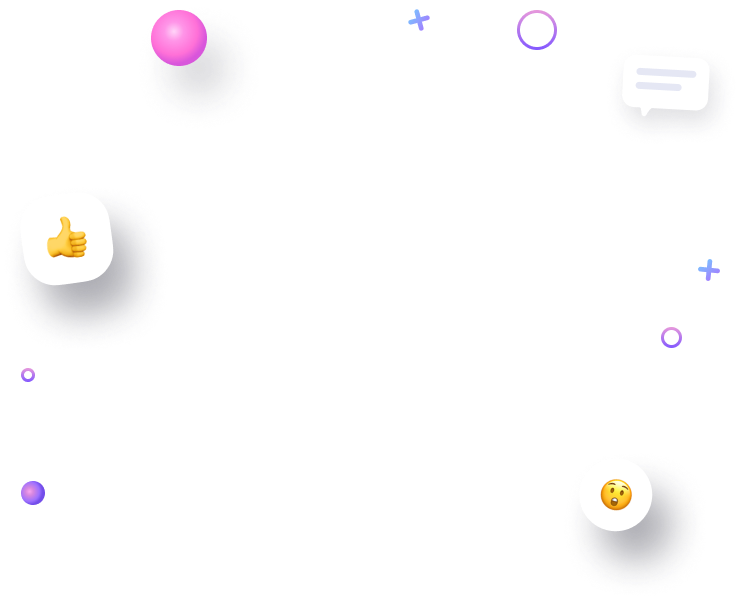
Featured Drops
Today's Drops

Recently Added Drops
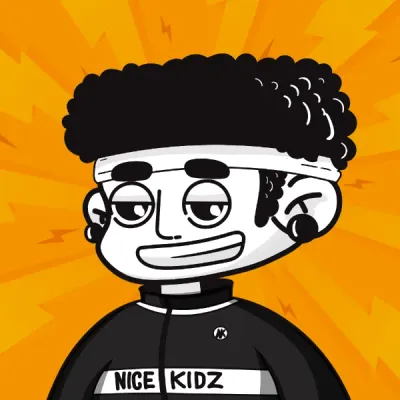

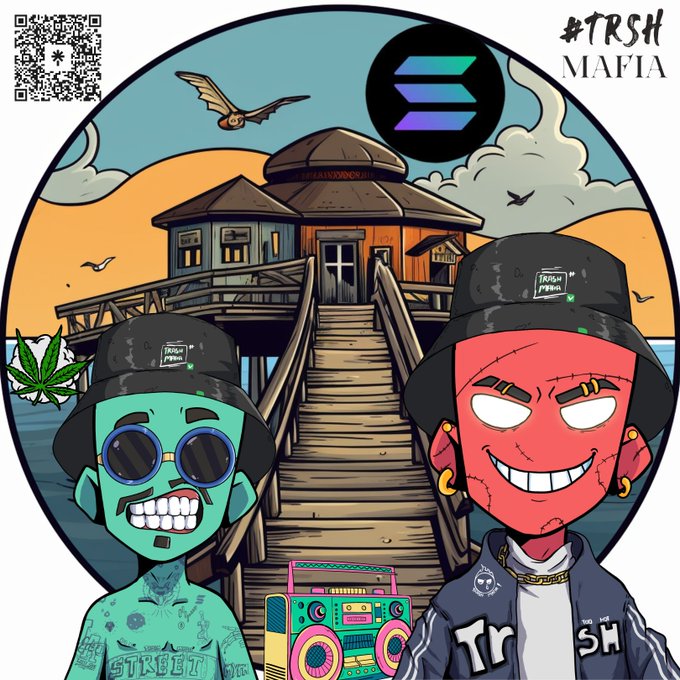
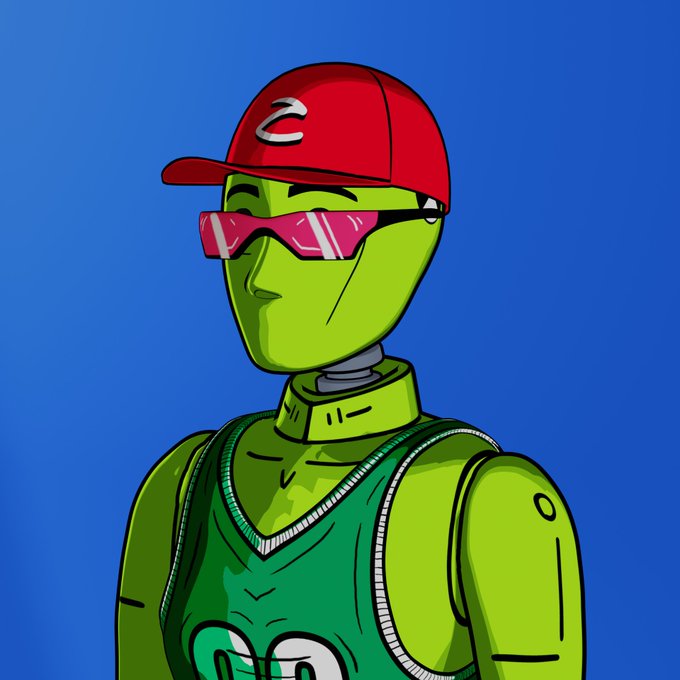
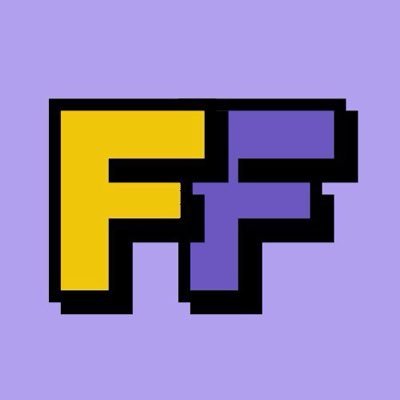
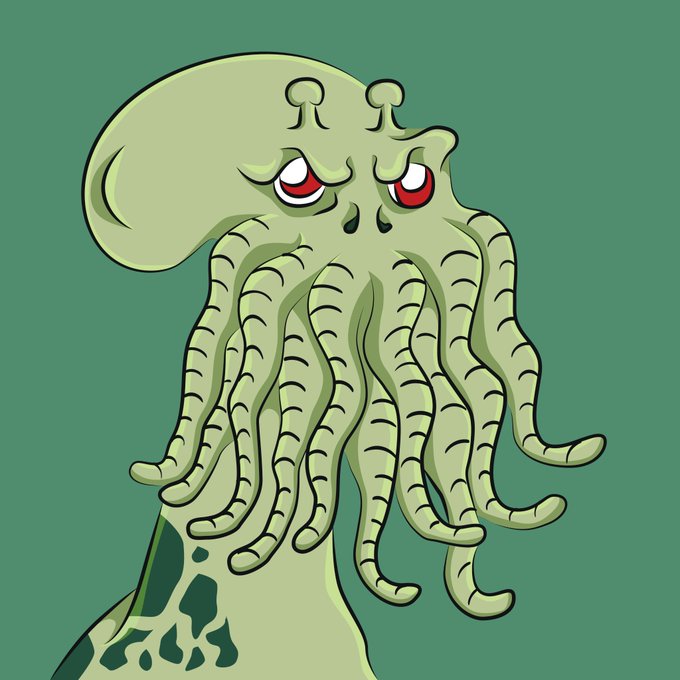
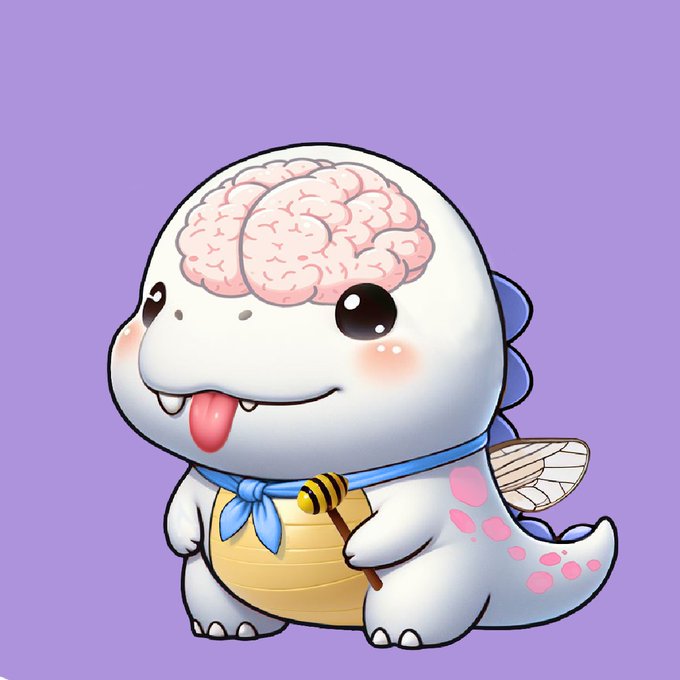

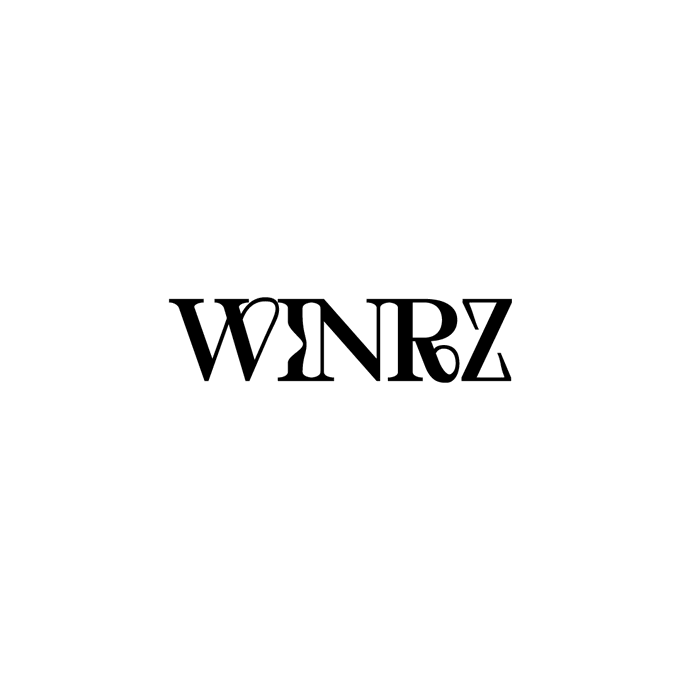
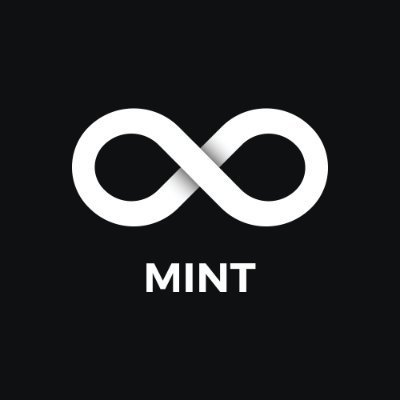

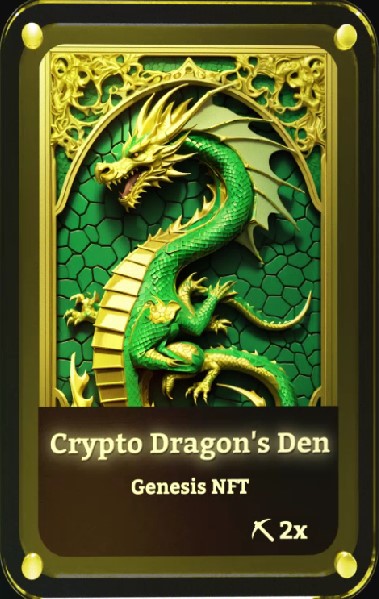
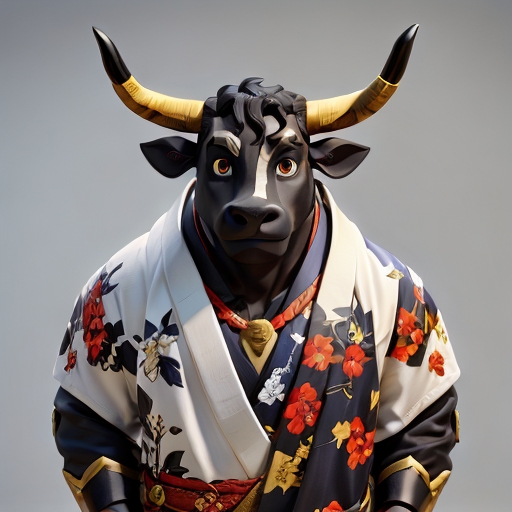
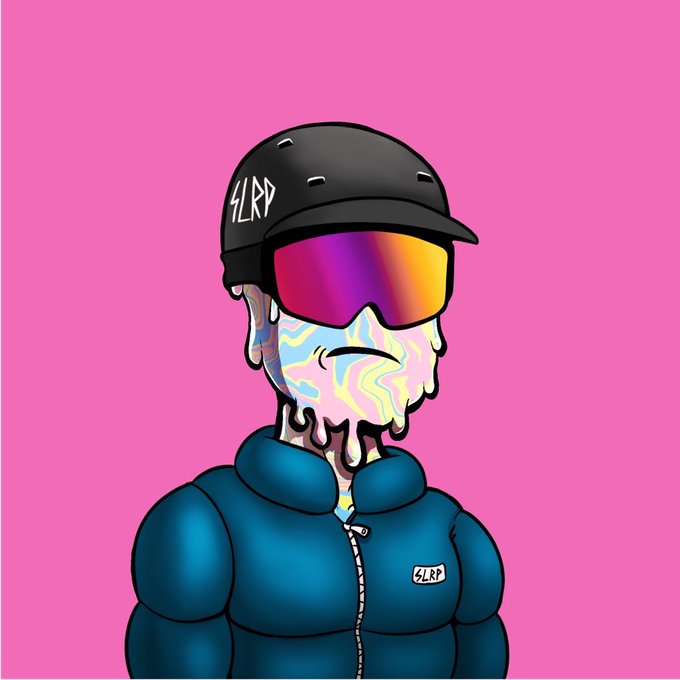
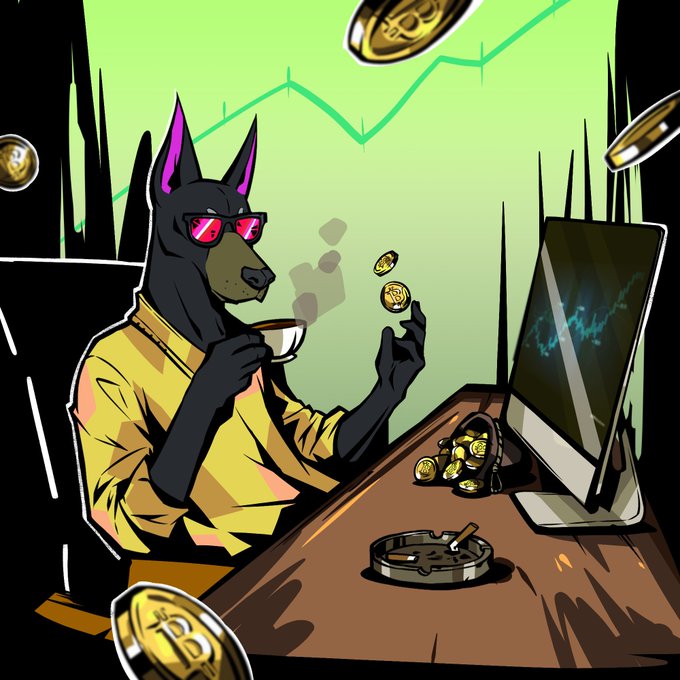
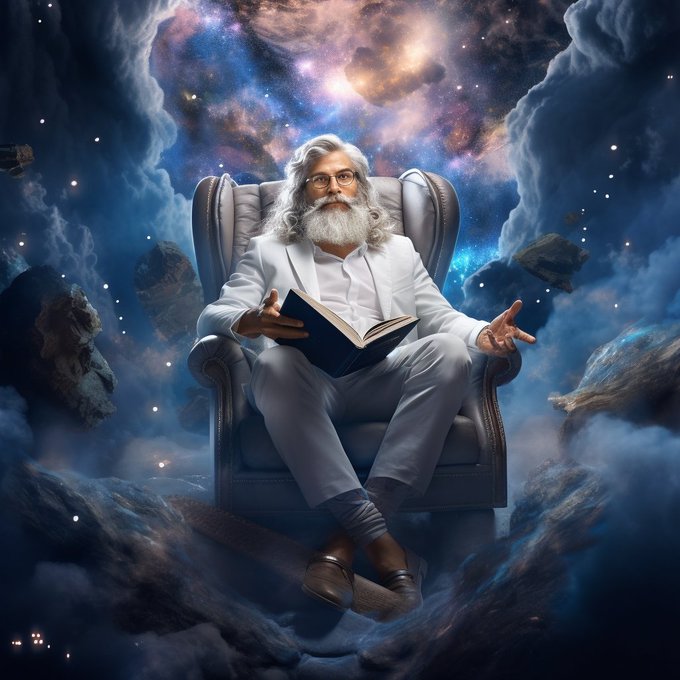
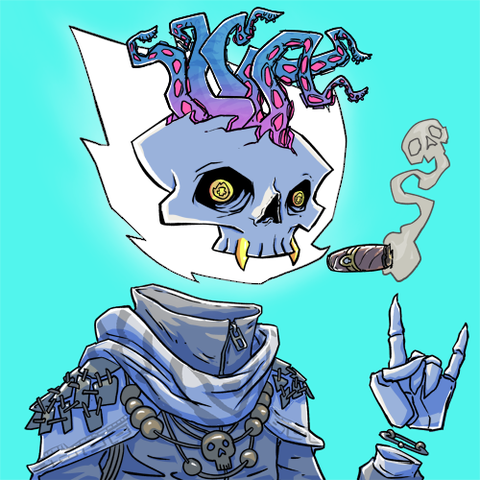
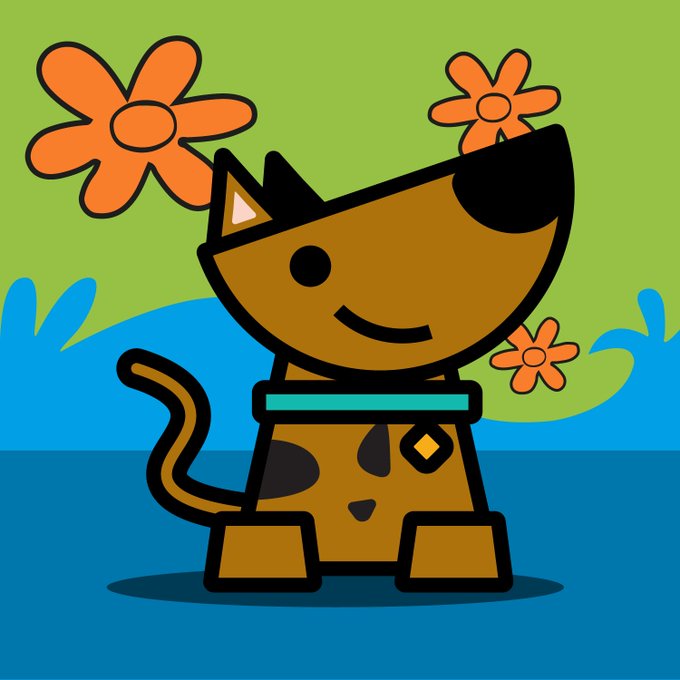
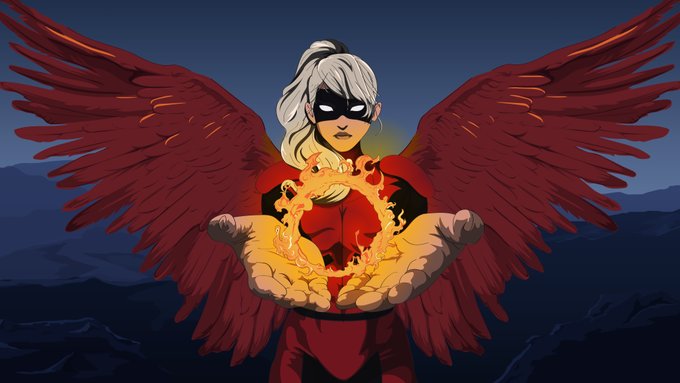
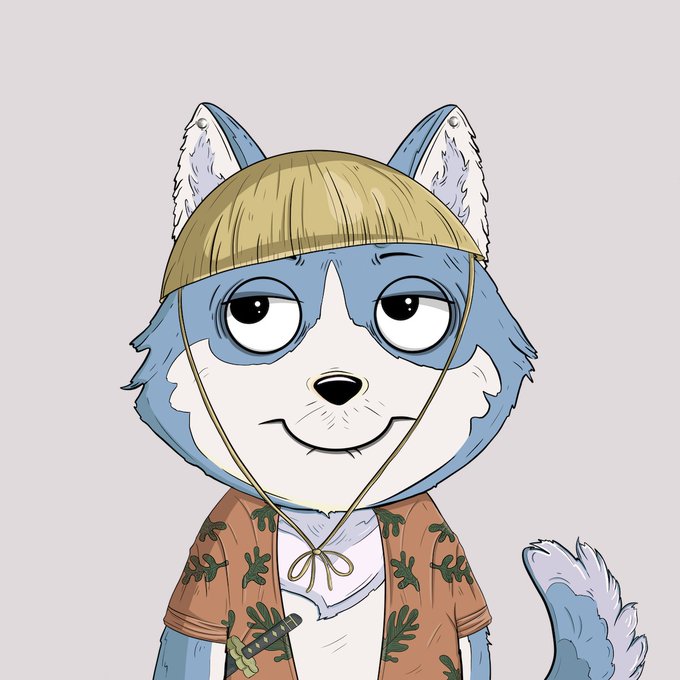
What is NFT?
NFT stands for Non-Fungible Token, and it represents a unique and indivisible digital asset that is stored on a blockchain, typically using smart contracts. To understand the concept of NFTs, it's helpful to break down the term.
-
Non-Fungible: Unlike traditional cryptocurrencies such as Bitcoin or Ethereum, which are fungible and can be exchanged on a one-to-one basis, NFTs are unique and cannot be exchanged on a like-for-like basis. Each NFT has distinct characteristics, making it different from any other token.
-
Token: In the context of blockchain technology, a token is a unit of value issued by a project. While cryptocurrencies like Bitcoin are a form of digital tokens, NFTs go beyond mere currency. They represent ownership or proof of authenticity of a specific item or piece of content.
-
Blockchain: NFTs are typically built on blockchain platforms, most commonly on Ethereum, though other blockchains like Binance Smart Chain, Flow, and others also support NFTs. The blockchain serves as a decentralized and transparent ledger, ensuring the security and immutability of NFT transactions.
-
Smart Contracts: Smart contracts are self-executing contracts with the terms of the agreement directly written into code. In the case of NFTs, smart contracts automate the creation, transfer, and verification of ownership. They also include information about the NFT's uniqueness, ownership history, and any associated rules or conditions.
NFTs have gained significant popularity in various fields, including art, music, gaming, and real estate. Artists, musicians, game developers, and other content creators can tokenize their work, allowing them to sell and distribute digital assets with provable scarcity and ownership. This has opened up new possibilities for monetizing digital content and has introduced novel ways for creators to engage with their audiences.
The ownership and provenance of an NFT are traceable on the blockchain, providing a transparent and decentralized ledger that eliminates the need for intermediaries. However, the NFT space has also faced criticism, particularly regarding environmental concerns due to the energy consumption of certain blockchain networks.
In summary, NFTs are a groundbreaking development in the digital economy, enabling the creation, ownership, and transfer of unique digital assets in a secure and decentralized manner. Their impact on various industries continues to evolve, shaping new business models and redefining the relationship between creators and consumers in the digital age.
What is Upcoming NFT Drops?
Upcoming NFT drops refer to scheduled releases of non-fungible tokens within the burgeoning and dynamic world of digital assets. The term "upcoming NFT drops" encapsulates the anticipation and excitement surrounding new collections or individual pieces of digital content that will be tokenized and made available for purchase or acquisition by enthusiasts and collectors. These drops are often announced in advance by artists, creators, or projects, creating a sense of anticipation and buzz within the NFT community.
The ecosystem of upcoming NFT drops is diverse, covering a wide range of industries such as art, music, gaming, virtual real estate, and more. Artists and creators leverage blockchain technology to tokenize their work, imbuing digital assets with uniqueness, scarcity, and verifiable ownership. The concept of an upcoming NFT calendar is integral to this phenomenon, acting as a schedule or timeline that enthusiasts follow to stay informed about the release dates of new NFT collections.
Artists and creators utilize various platforms to conduct these drops, with Ethereum-based platforms like OpenSea, Rarible, and Mintable being particularly popular. Other blockchains like Binance Smart Chain and Flow also host NFT drops, contributing to the expanding landscape of digital collectibles.
The excitement surrounding upcoming NFT drops is multifaceted. Collectors are drawn to the prospect of acquiring exclusive and limited-edition digital assets, while creators see these drops as a novel way to engage with their audience and monetize their work. The transparent and decentralized nature of blockchain ensures that ownership and provenance are easily traceable, providing a level of trust and authenticity that has reshaped the traditional art and collectibles markets.
Communities often form around specific NFT drops, creating a social aspect to the phenomenon. Discord channels, Twitter communities, and other social media platforms become hubs for discussions, previews, and updates related to upcoming NFT drops. This communal engagement adds an extra layer to the overall experience of participating in the NFT space.
However, it's crucial to note that the NFT market, including upcoming NFT drops, is not without its challenges. Issues such as gas fees on the Ethereum network, concerns about environmental impact, and the need for sustainable practices are topics of ongoing discussion within the community.
In summary, upcoming NFT drops are pivotal events in the NFT ecosystem, representing the scheduled release of unique digital assets that capture the attention of collectors and enthusiasts. The concept of an "upcoming NFT calendar" underscores the organized and planned nature of these releases, contributing to the vibrant and rapidly evolving landscape of digital ownership and expression.
Things to Consider for Upcoming NFT Drops
There are several important factors to consider when navigating upcoming NFT drops. These considerations are crucial for both collectors and creators as they participate in the dynamic and evolving landscape of non-fungible tokens. Here's a comprehensive exploration of the key aspects to keep in mind:
-
Project and Creator Reputation:
- Evaluate the reputation of the project or creator behind the upcoming NFT drop. Consider factors such as their track record, the quality of their previous work, and their engagement with the community. A well-established and reputable creator is more likely to produce valuable and desirable NFTs.
-
Scarcity and Rarity:
- Understand the scarcity and rarity of the NFTs being offered. Limited editions or exclusive drops often have higher perceived value in the market. Pay attention to details such as the total supply, the number of editions, and any special attributes that make certain NFTs rarer than others.
-
Utility and Use Cases:
- Some NFTs come with additional utility or perks. Consider whether the NFT provides access to exclusive content, events, or experiences. NFTs with tangible real-world benefits or access to a creator's community often have increased value.
-
Blockchain and Gas Fees:
- Be aware of the blockchain on which the NFT is issued. Ethereum is a popular choice, but it may come with high gas fees during periods of high demand. Consider alternative blockchains with lower fees if cost is a concern.
-
Community and Engagement:
- Evaluate the strength and activity of the community surrounding the upcoming NFT drop. Active and engaged communities often contribute to the success and longevity of a project. Social media platforms, Discord channels, and other community spaces can provide insights into the level of enthusiasm.
-
Legal and Licensing Considerations:
- Understand the legal aspects of the NFT drop. Ensure that creators have the rights to tokenize and sell the content. Some NFT drops may include licenses for personal use, while others may grant commercial rights. Clarify the terms to avoid potential legal issues.
-
Market Trends and Sentiment:
- Stay informed about broader market trends and sentiment. The value of NFTs can be influenced by the overall market dynamics, so understanding the current state of the NFT space can help make informed decisions.
-
Environmental Impact:
- Consider the environmental impact of the blockchain on which the NFT is created. Some blockchains, like Ethereum, have faced criticism for their energy consumption. Eco-friendly alternatives, such as proof-of-stake blockchains, are gaining attention.
-
Long-Term Vision and Roadmap:
- Explore the long-term vision and roadmap of the project. Understand the creators' plans for the future, including potential collaborations, upgrades, or additional drops. A clear and well-defined roadmap can instill confidence in the sustainability of the project.
-
Technical Considerations:
- Ensure that you are technically prepared for the NFT drop. Understand the process for purchasing and storing NFTs, including the use of digital wallets and the steps involved in the minting process.
In conclusion, approaching upcoming NFT drops with a thoughtful consideration of these factors can enhance the overall experience and increase the likelihood of making informed and successful investments or acquisitions in the dynamic world of non-fungible tokens.
Upcoming Free Mints
The article explores the phenomenon of Free NFT Drops, a trend in the non-fungible token (NFT) space where digital assets are distributed at no cost to collectors through a process called "free minting." These events aim to democratize access to NFTs, attract a diverse audience, and build active communities around projects. The rise of Free NFT Drops has led to increased community engagement, innovative monetization strategies, and challenges related to fair distribution and economic sustainability. Overall, the article highlights the transformative impact of Free NFT Drops on the NFT ecosystem and their role in shaping the future of digital collectibles.





